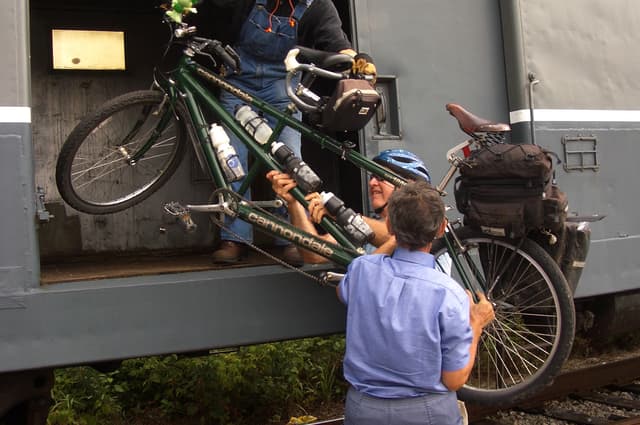




The benefits of expanding and improving the outdoor recreation economy are clear and compelling.

When visitors participate in outdoor recreation, they spend their hard-earned money on gear, equipment, food, lodging and more, and contribute $65.3 billion in annual tax revenue to federal coffers and untold billions to state and local community funding streams. Much of America’s recreation infrastructure on federally managed lands and waters is also associated with revenue streams — fishing and hunting licenses; entrance and activity fees; campground, slip and boat launch fees; recreation permits and registration fees; and excise and fuel taxes.
Takeaways on how trails boost the economy:

Evidence of Many Varieties of Economic Benefits Linked to Trails
Trails and greenways impact our economy through tourism, events, urban redevelopment, community improvement, property values, health care costs, jobs and investment, and general consumer spending.

FAQ: Our roads are in bad shape... why spend money on trails?
There is a huge amount of evidence that trails add value to properties and bring in significant increases in tourism spending, that roads just do not have.

webinar: Leveraging People and Places: Trails as Economic Development
This webinar will discuss urban trails and what cities are doing to provide economic development opportunities for the properties that lie along former industrial corridors.
Browse all Economic Studies, documents and articles in the resource library.